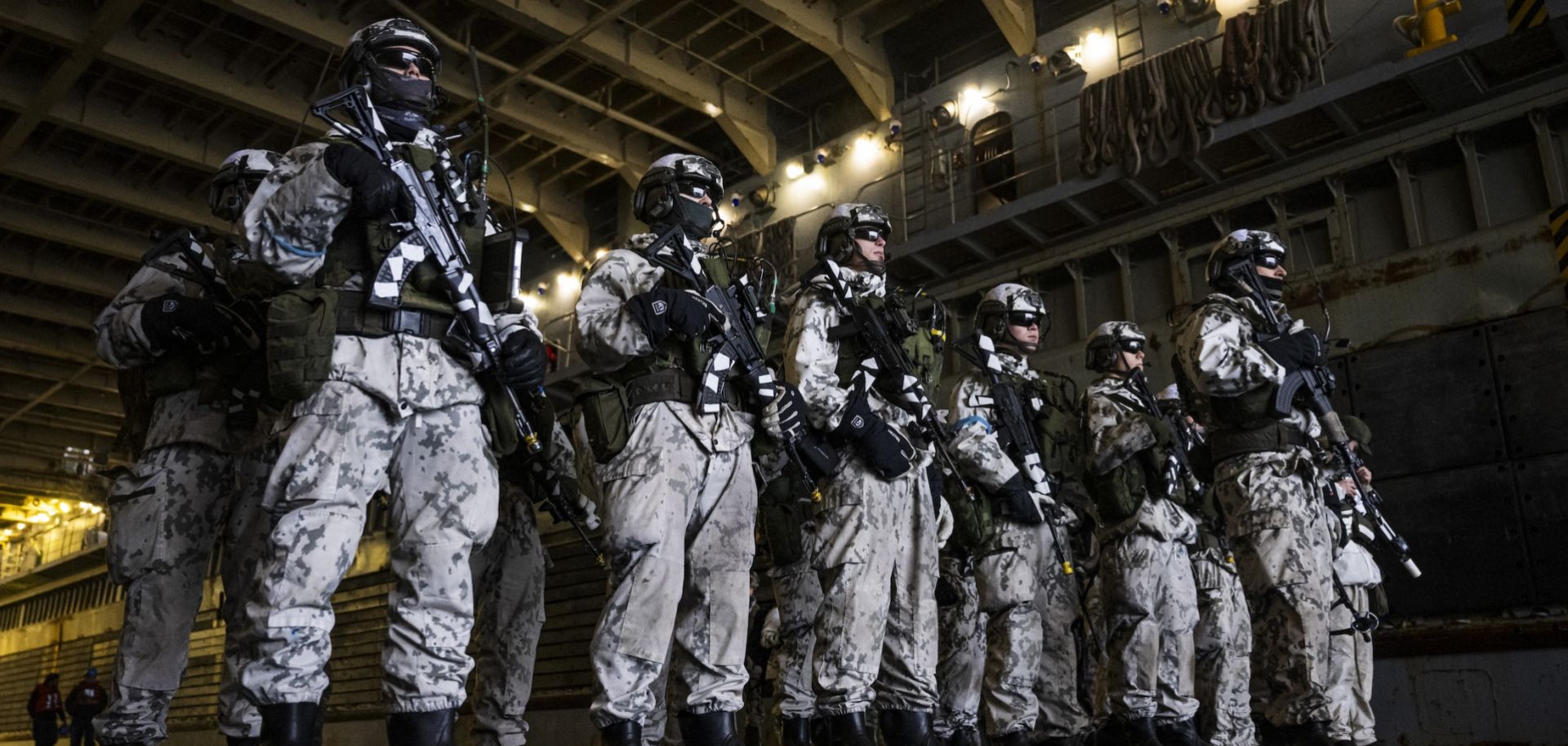A new EU defense industrial strategy seeks to support member states' efforts to restock and acquire new defense equipment in the short term and boost the European Union's ability to enhance its defense capabilities and acquire more strategic autonomy on defense in the long term, but disagreements over joint funding and structural constraints to defense spending in Europe may reduce its efficacy. On March 5, the European Commission unveiled the European Defence Industry Strategy (EDIS) and the European Defence Investment Program (EDIP), both of which are meant to boost the bloc's defense capability development. Together, EDIS and EDIP aim to facilitate cross-border cooperation for arms production, purchase and ownership between EU member states, strengthen the bloc's defense technological and industrial base, and create an EU market for defense. The EDIS sets out to clarify how the European Union intends to support the European Defence Technological and Industrial Base (EDTIB) to...

